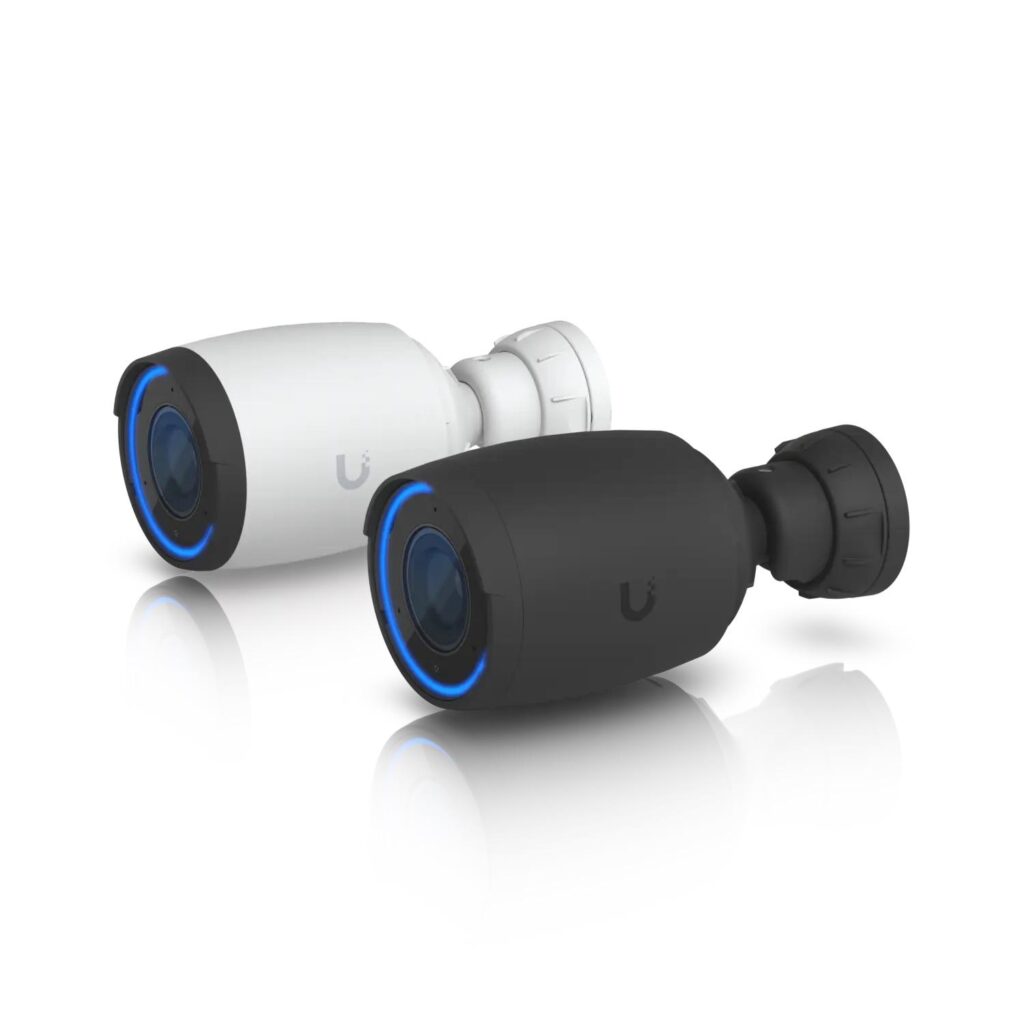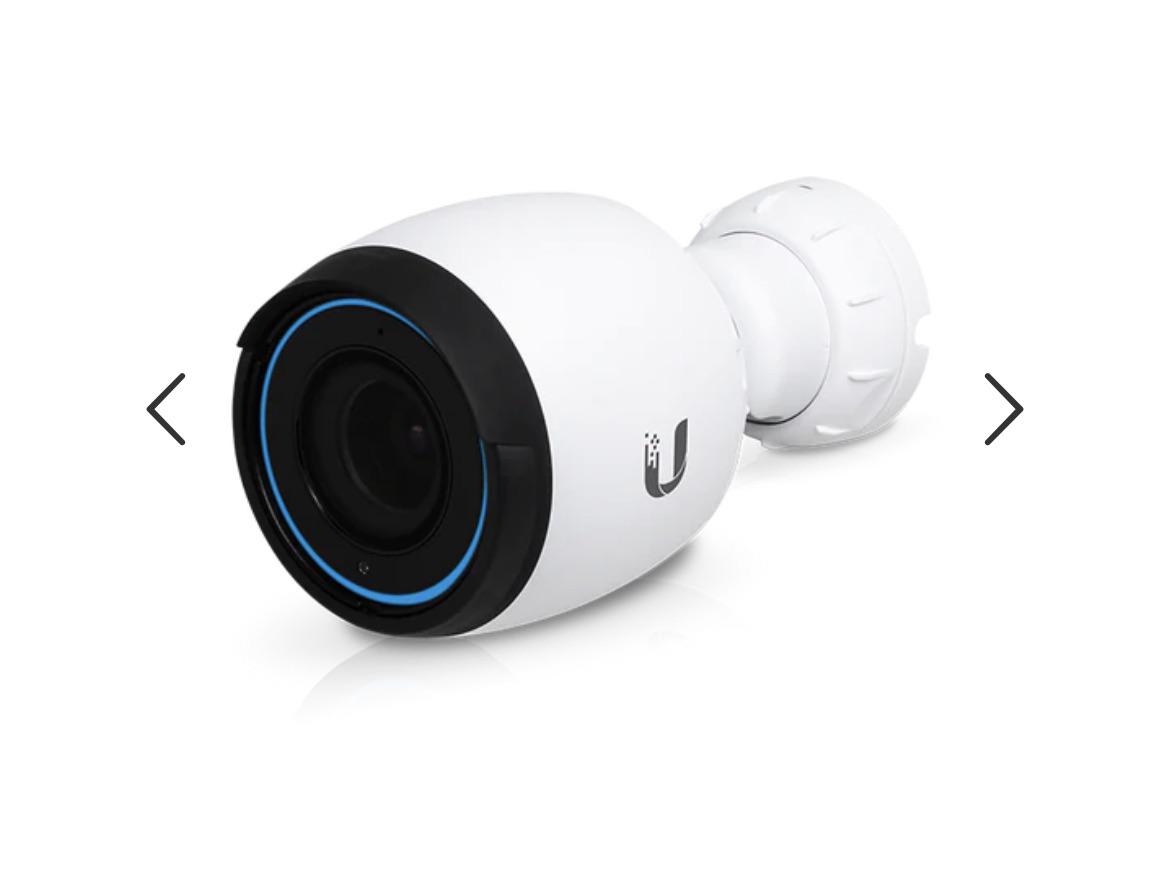In today’s world, ensuring the security of your home or business is more important than ever. With various threats from theft, vandalism, or other unforeseen incidents, having a reliable camera security system in place can provide peace of mind and protection. However, choosing the right camera security system can be overwhelming with the multitude of options available. This comprehensive guide aims to assist you in selecting the best camera security solution tailored to your specific needs.
Understanding Your Security Needs
Before diving into specific features or brands, it’s essential to first understand your security requirements. Different properties have unique vulnerabilities and needs. Here are some key questions to help you clarify your requirements:
-
What Areas Need Monitoring?
Identify the specific locations that require surveillance. Do you need coverage for outdoor spaces like gardens, driveways, or patios, or do you need to monitor indoor areas like living rooms, offices, or storage rooms?
-
What Are Your Primary Concerns?
Determine the primary threats you want to guard against. Are you concerned about burglary, vandalism, or perhaps package theft? Understanding your main concerns will inform your choice of features in a camera security system.
-
Who Will Use the System?
Consider who will be managing the camera system. If it’s just you, then a straightforward, user-friendly interface might suffice. If multiple people will have access, it’s beneficial to choose a system that allows for multiple users with different permission levels.
Key Features to Consider
Once you’ve assessed your needs, the next step is to look into the features that various camera security systems offer. Below are the key features to consider:
1. Video Quality
One of the most crucial aspects of any camera security system is video quality. Clear images are essential for identifying faces, license plates, and other important details. Look for cameras that offer:
- Resolution: Aim for at least 108p Full HD. Higher resolutions like 4K offer even more detail but may also require more storage space.
- Frame Rate: A higher frame rate (like 30 fps or more) can produce smoother video, which is especially important for tracking moving objects.
2. Outdoor Wireless Features
For outdoor applications, outdoor wireless cameras are highly recommended due to their flexibility and ease of installation. Here are specific features you should look for:
- Weather Resistance: Ensure the cameras have an IP rating that indicates they can withstand elements like rain, snow, and extreme temperatures.
- Wireless Connectivity: Outdoor wireless cameras eliminate the need for complicated wiring, allowing for easy installation and repositioning. However, ensure that the wireless connection is robust enough to avoid interruptions in coverage.
3. Night Vision Capability
A significant portion of security incidents occurs at night. Therefore, having cameras with night vision capabilities is vital. These features can include:
- Infrared LEDs: These allow cameras to capture clear images in low-light conditions.
- Color Night Vision: Some advanced cameras can provide color images even in low light, giving better detail compared to traditional black-and-white night vision.
4. Motion Detection and Alerts
Modern security cameras often come equipped with motion detection technology that can alert you when movement is detected. Here’s what to look for:
- Customizable Motion Zones: This allows users to define areas where motion should trigger alerts, helping to reduce false alarms from passing cars or pedestrians.
- Real-Time Notifications: Look for systems that send immediate alerts via mobile devices, enabling prompt action.
5. Cloud Storage Solutions and Cloud Keys & Gateways
As our reliance on technology grows, so does the need for secure data storage options. Cloud storage is a popular choice for camera systems, and here’s why:
- Accessibility: With cloud storage, you can access your recorded footage from anywhere using an internet connection. This is particularly useful if you need to check footage while away from home or on vacation.
- Cloud Keys & Gateways: These tools enhance the protection of your camera system by enabling secure connections to your cameras and stored data. They often facilitate multiple user access while ensuring that your data remains private and secure.
When evaluating different brands, check their cloud storage policies, associated costs, and data security measures.
6. Integration with Smart Home Systems
If you have or plan to implement smart home technology, consider a camera system that integrates seamlessly with other smart devices. Key integrations to look for include:
- Smart Assistants: Compatibility with Amazon Alexa, Google Assistant, or Apple HomeKit allows you to control your camera system using voice commands.
- Other Smart Devices: Cameras that work with smart locks, doorbells, and lighting can create a cohesive security strategy that can be controlled from a single application.
7. Storage Options
Besides cloud storage, consider local storage solutions:
- MicroSD Cards: Many cameras have slots for microSD cards for local recording, which can be a cost-effective alternative to monthly cloud storage fees.
- Network Video Recorders (NVR): NVRs allow multiple camera feeds to be recorded onto a centralized device, providing an extensive storage solution.
8. Professional vs. DIY Installation
Decide whether you want a fully DIY system or a professionally installed one. A DIY system can save you money but requires a certain level of technical skill for setup. Professional installation is ideal if you’re less comfortable with technology or want a setup that ensures optimal camera placement.
Evaluating Different Brands and Models
Now that you’re aware of the critical features, it’s time to evaluate different brands and models. Here’s how to approach your research:
- Read User Reviews: Real-world experiences can provide valuable insights into the efficacy, reliability, and ease of use of various systems. Look for reviews on official websites, tech forums, and retailer sites.
- Comparative Analysis: Use comparison tools and websites to assess and contrast different systems. Look for side-by-side comparisons on features, prices, and performance.
- Seek Recommendations: If you know friends or family who have installed security systems, ask them about their experiences and whether they would recommend a particular brand or model.
Budget Considerations
Setting a budget for your camera security system is essential. Consider the following:
- Initial Costs: Factor in the costs of the cameras, installation (if hiring professionals), and any accessories like cables or mounts.
- Recurring Costs: Be aware of any subscription fees associated with cloud storage or advanced features. Some brands offer free cloud storage for a limited amount of footage, while others require monthly fees.
- Long-term Value: Sometimes, spending a little more upfront can save you money long-term through reduced maintenance, better reliability, and lower subscription fees.
Customer Support and Warranty
Lastly, consider the customer support and warranty offered:
- Warranty: A good warranty suggests the manufacturer’s confidence in their product. Look for warranties that cover at least one year, with options for extended coverage.
- Customer Support: Ensure that the manufacturer offers robust customer support channels, including phone, email, or chat options. This becomes vital if you run into issues after installation.
Conclusion
Choosing the best camera security system for your needs involves a careful evaluation of your specific requirements, budget, and preferences. By understanding your security needs, considering essential features like outdoor wireless capabilities, cloud storage options, and integrating with smart home devices, you can select a system that effectively protects your property.
In today’s technology-driven world, investing in a reliable camera security system can significantly enhance your peace of mind while ensuring that your home or business is secure. Make an informed choice and take the necessary steps to safeguard what matters most to you, because the right security solution is an investment not just in technology, but in your safety and well-being.
This content is significantly expanded while including the specified keywords, offering a comprehensive guide on how to select the best camera security system tailored to individual needs. Let me know if you need further adjustments or additional information!




